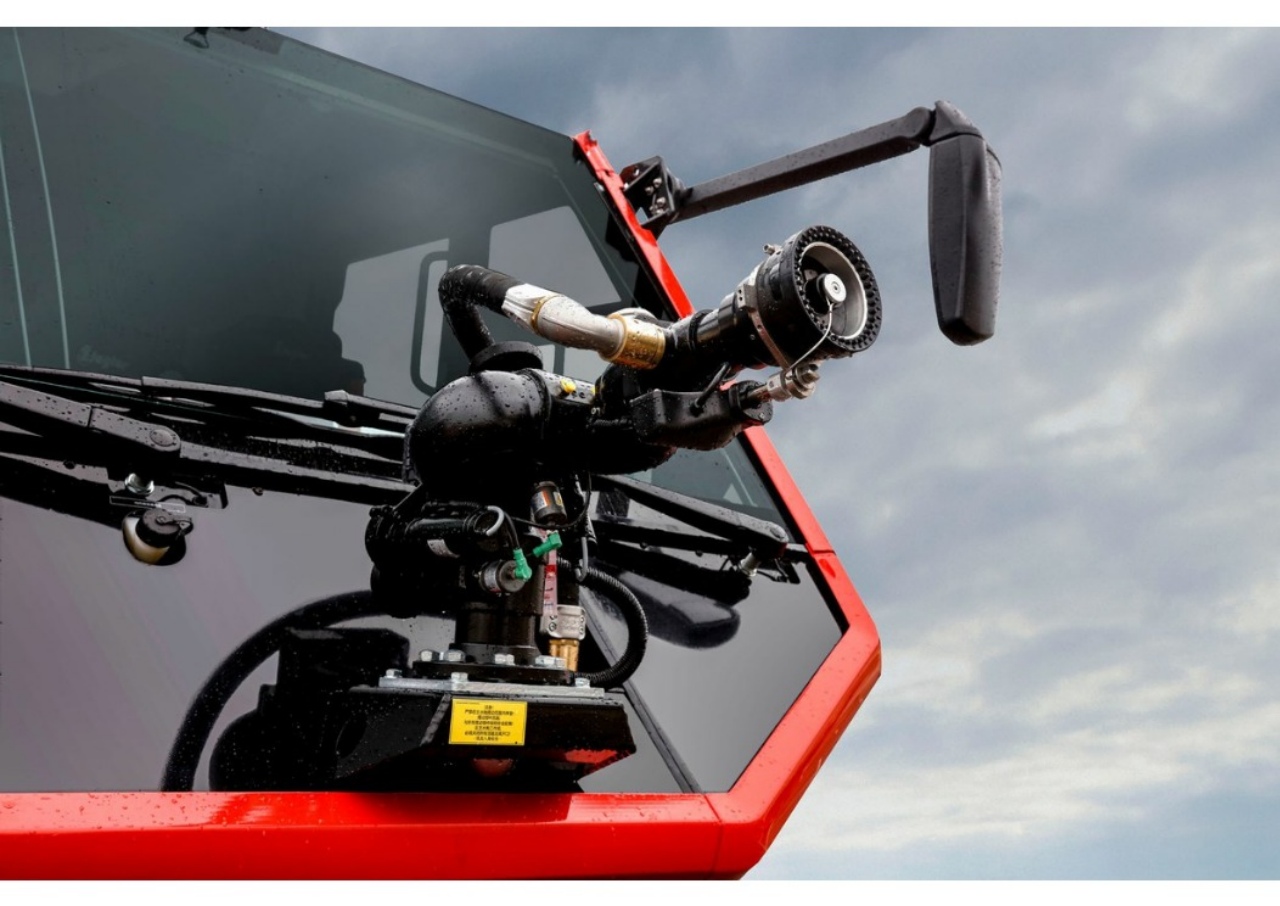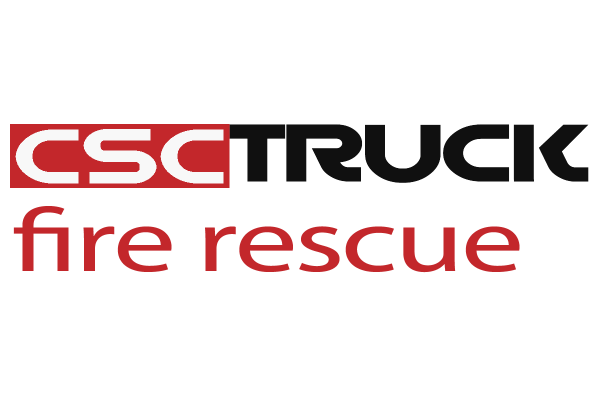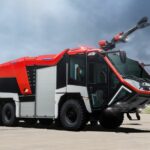Aviation is a complex and highly regulated industry where safety is paramount. One of the critical components of aviation safety is the presence of specialized teams and equipment designed to address emergencies that could arise during flight operations. One of the most crucial elements in this regard is the Aircraft Rescue and Firefighting (ARFF) service, a vital part of airport safety. But what exactly does ARFF mean, and why is it so important in aviation?
In this article, we will explore ARFF’s meaning, its role in aviation safety, the training involved, the equipment used, and the standards set by aviation authorities worldwide.
What is ARFF?
ARFF stands for Aircraft Rescue and Firefighting. It refers to the specialized service and personnel trained and equipped to respond to aviation emergencies, particularly those involving aircraft accidents or fires. The main objective of ARFF teams is to ensure the safety of passengers, crew, and ground personnel in the event of an emergency, such as an aircraft fire, crash, or other incident at airports or on the airfield.
The ARFF team typically consists of firefighters trained in aviation-specific procedures and equipped with specialized firefighting vehicles, tools, and equipment designed for rapid response to aircraft accidents. This can include handling fires caused by jet fuel, rescue operations, or assisting with crashes or incidents involving hazardous materials on board.
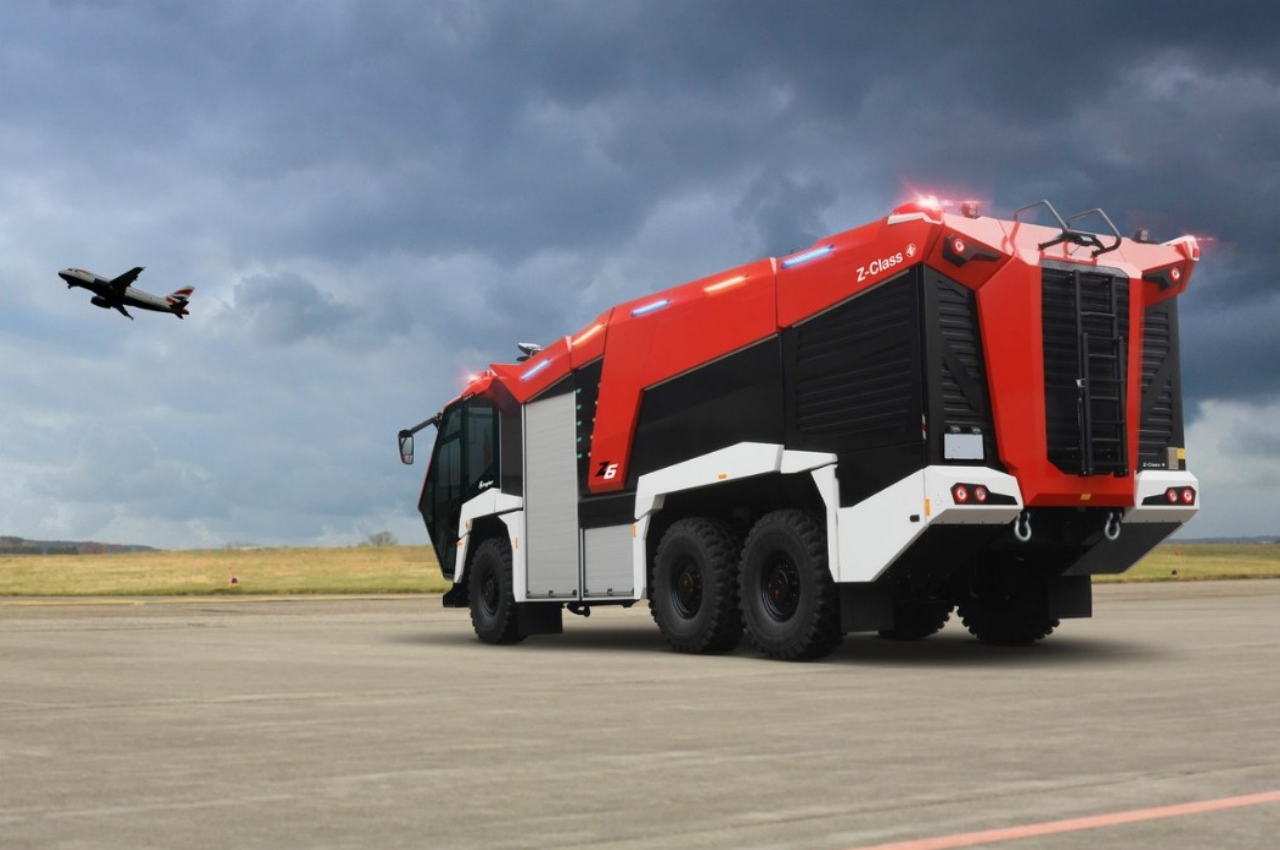
The Importance of ARFF in Aviation
The aviation industry carries inherent risks, even though it is one of the safest modes of transportation. Aircraft accidents, while rare, can be catastrophic, and the likelihood of an accident involving a fire is a particular concern. ARFF services are designed to mitigate these risks by ensuring rapid response times, specialized knowledge of aircraft and aviation-specific hazards, and well-coordinated rescue operations.
Given the high stakes in aviation, airports must maintain an ARFF service to meet regulatory requirements set by aviation authorities like the Federal Aviation Administration (FAA) in the United States or the International Civil Aviation Organization (ICAO) globally.
ARFF Responsibilities
The primary duties of an ARFF team involve:
- Aircraft Firefighting: In the event of an aircraft fire, ARFF teams are responsible for quickly extinguishing the fire to prevent further damage or loss of life. This may involve dealing with fires in different areas of the aircraft, such as the fuselage, engine, or fuel systems.
- Aircraft Rescue: ARFF teams must be prepared to rescue individuals from aircraft involved in accidents or incidents. This includes evacuating passengers and crew from a crashed or incapacitated aircraft, particularly in situations where immediate danger, such as fire or smoke, is present.
- Incident Management: ARFF personnel play a key role in incident management, coordinating with other emergency responders (police, paramedics, etc.), and ensuring that the necessary steps are taken to stabilize the situation.
- Preventive Measures: In addition to emergency response, ARFF teams may engage in safety drills, inspections, and hazard assessments to ensure that airport operations are as safe as possible.
- Hazardous Materials Response: Aircraft are often transporting hazardous materials, such as chemicals, fuels, or cargo that can be dangerous in the event of a fire or crash. ARFF personnel are trained to handle these specific hazards.
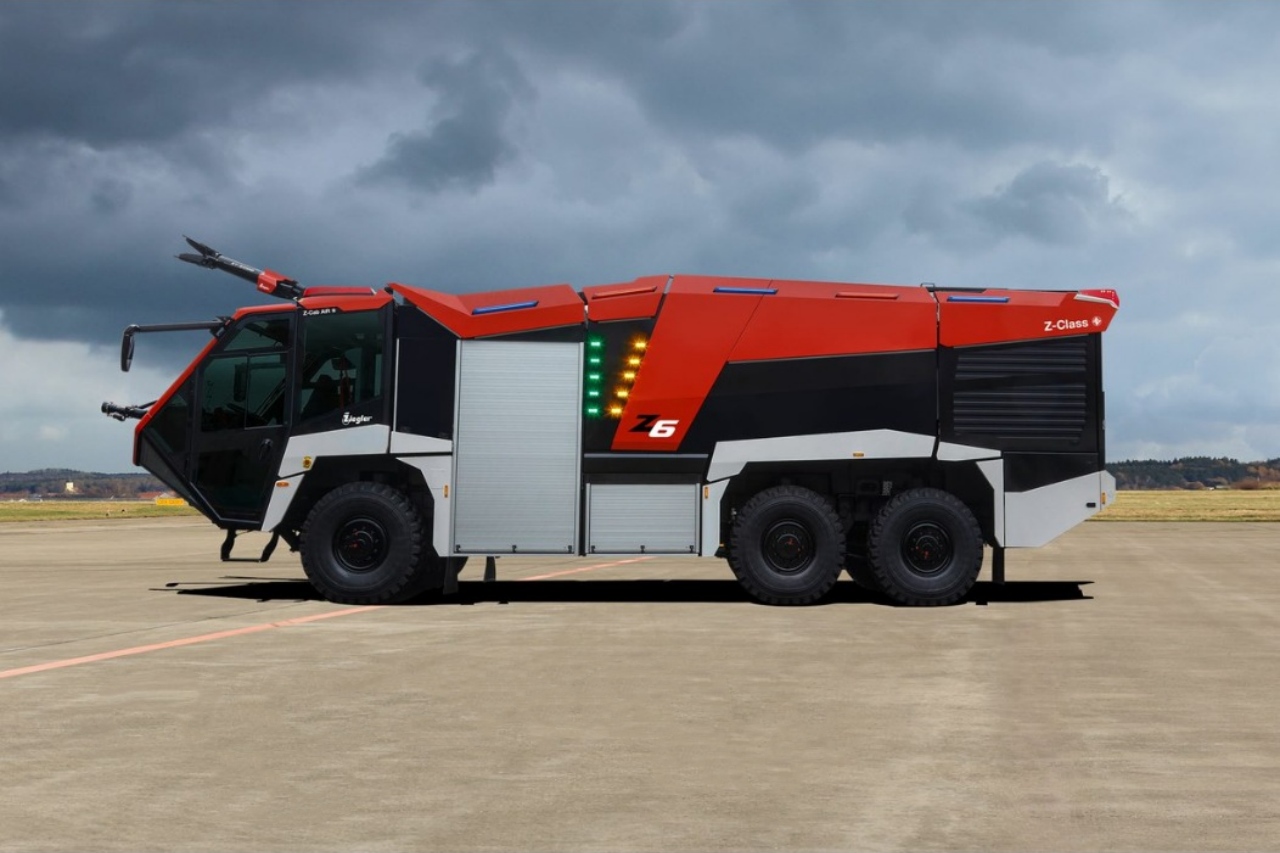
ARFF Vehicles and Equipment
ARFF vehicles are specially designed to handle the unique challenges of aircraft rescue and firefighting. These vehicles come in various sizes and configurations, with the main goal of quickly reaching an aircraft in distress and dealing with fires, explosions, or other hazards effectively.
- Aircraft Rescue Firefighting Vehicles (ARFFVs): These vehicles are typically equipped with large amounts of water, foam, and dry chemicals that can quickly extinguish different types of fires. ARFFVs are also designed for fast response times, often equipped with all-terrain capabilities to navigate airport runways and taxiways efficiently.
- Foam Systems: Aircraft fires often involve aviation fuel, which is highly flammable and can burn at very high temperatures. Foam systems are used to suppress fires by creating a blanket over the fuel, cutting off the oxygen supply, and reducing the heat. ARFF vehicles are equipped with sophisticated foam dispensers that can cover large areas quickly.
- Rescue Equipment: In addition to firefighting gear, ARFF teams are equipped with tools for rescuing individuals. This includes hydraulic rescue tools like the “Jaws of Life,” which can cut through the wreckage of an aircraft to free trapped passengers or crew.
- Specialized Protective Gear: ARFF personnel wear firefighting suits made from heat-resistant materials, which protect both flames and high temperatures. This gear is often enhanced with respiratory protection, as aircraft fires can produce toxic smoke and fumes.
- Communication Systems: Effective communication is vital during emergencies. ARFF teams are equipped with radios and other communication devices that allow them to stay in constant contact with air traffic control, airport operations, and other emergency responders.
ARFF Training
Training for ARFF personnel is rigorous and ongoing, as they must be prepared to handle a wide range of potential emergency scenarios. The training programs focus on both technical and physical aspects of rescue and firefighting, including:
- Firefighting Techniques: ARFF personnel are trained in the use of different firefighting methods, including the application of water, foam, and dry chemicals. They must also be skilled in controlling and extinguishing fires in various parts of an aircraft.
- Aircraft Familiarization: Since aircraft are complex machines with unique designs, ARFF personnel must have a deep understanding of how aircraft are built, the location of key components (e.g., fuel tanks, electrical systems), and how to approach a fire or rescue operation based on the specific aircraft type involved.
- Search and Rescue Operations: ARFF teams are trained in effective search and rescue techniques, ensuring that they can evacuate passengers quickly and safely, particularly in high-stress situations.
- Hazardous Materials Training: Many aircraft carry hazardous materials, and ARFF teams need to be familiar with how to deal with these substances in the event of a fire or crash.
- Physical Fitness: Firefighting and rescue operations require a high level of physical fitness, so ARFF personnel must maintain good health to perform their duties effectively.
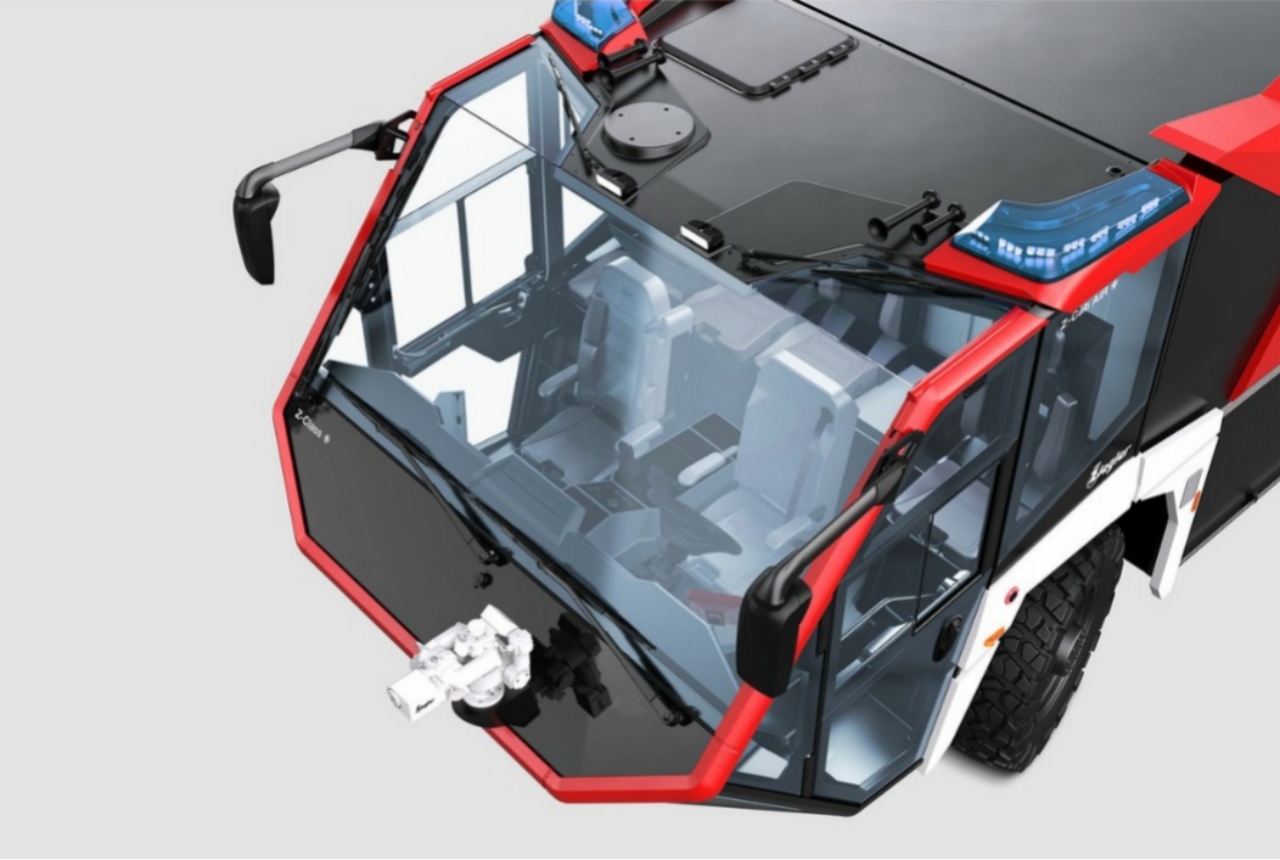
ARFF Standards and Regulations
International aviation authorities, such as the International Civil Aviation Organization (ICAO), set strict standards for ARFF operations. These standards dictate the minimum staffing levels, equipment requirements, and response times that airports must adhere to to maintain safety.
In the U.S., the Federal Aviation Administration (FAA) also sets guidelines for ARFF operations. For example, airports are assigned an Index (A through E) based on the size of the airport and the aircraft it services. Larger airports with larger aircraft require more advanced ARFF capabilities, including more vehicles and personnel.
Conclusion
The Aircraft Rescue and Firefighting (ARFF) service is an essential component of airport operations and aviation safety. ARFF personnel are highly trained to respond quickly to emergencies involving aircraft fires, crashes, and hazardous materials. They are equipped with specialized vehicles and equipment to handle a wide range of situations. With strict training standards and regulatory requirements in place, ARFF teams play a vital role in ensuring the safety of passengers, crew, and ground personnel, ultimately contributing to the overall safety of the aviation industry.
